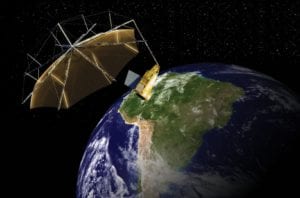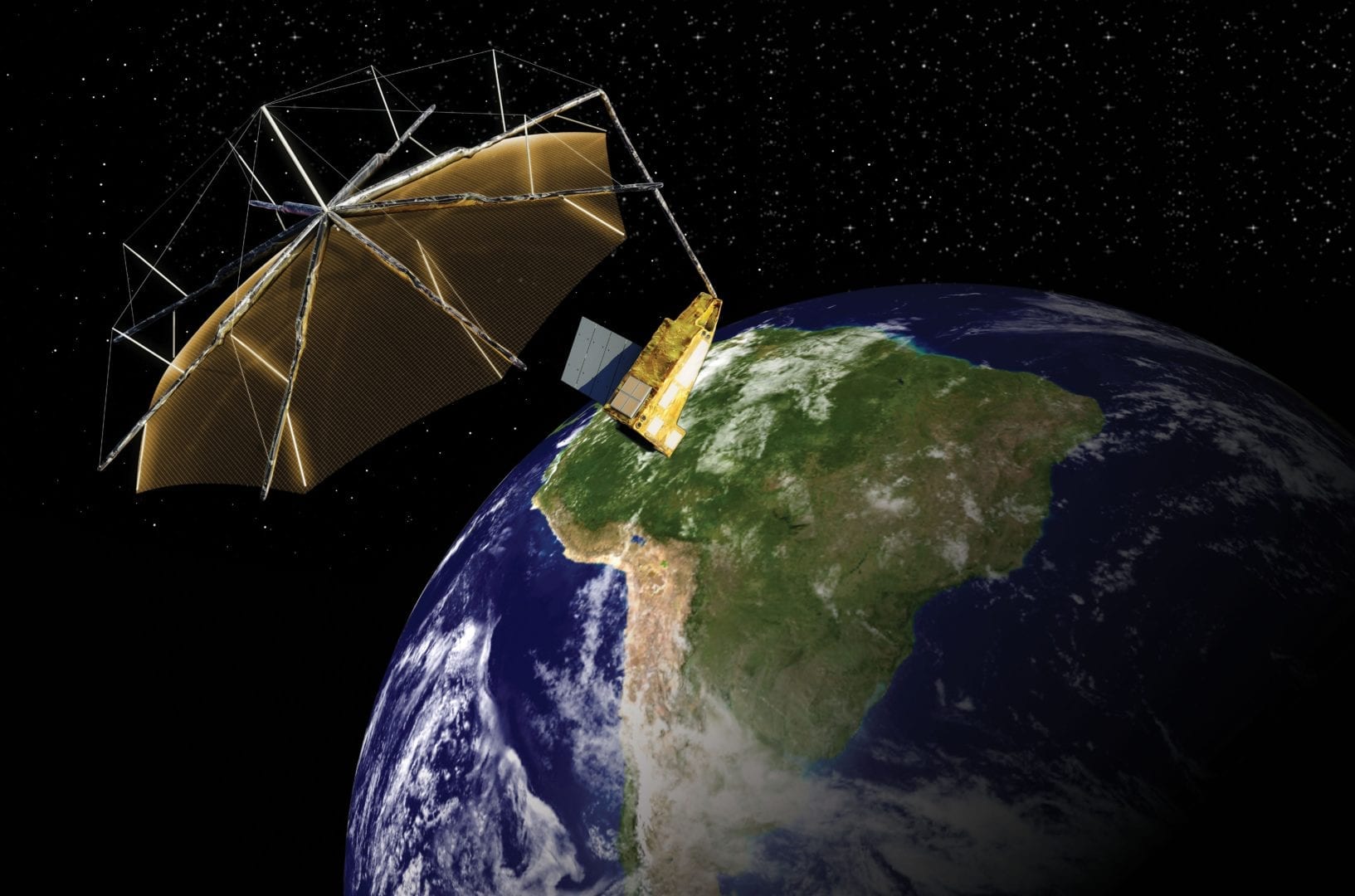Company CEO Georg Polzer said that while our contemporary urban lifestyles result in the generation of harmful greenhouse gasses, it also generates large amounts of behavioural data. He added that the company’s mission was to use this data for the benefit of society.
“Our findings from Nuremberg showed that this data can be used to give city planners insights into how human mobility contributes to pollution,” Polzer said. “This is a vital part to efficiently design and implement clean air and low carbon strategies. We are looking forward to further exploring this opportunity.”
A new study suggests that mobile network data can be used to effectively estimate carbon dioxide (CO2) and nitrogen oxide (NOX) emissions in urban areas at very low cost.
The study was carried out in Nuremberg, Germany by big data analytics companies Teralytics and Telefónica NEXT, and sustainability solution provider South Pole Group.
Aggregated and anonymised data, which is generated when mobile devices communicate with mobile communication cells when users make calls, send texts or browse the internet, was examined.
Teralytics said it was able to refine this raw data into human mobility patterns to understand how the different modes of transport, for instance trains or cars, are frequented.
Combining this information with data on the emissions of the different transport modes, the three entities were able to estimate air pollution and greenhouse gas emissions (GHG) emissions in the city.
“As each form of transportation produces a unique amount of CO2 and NOX emissions, understanding urban mobility patterns is vital to understand the source of emissions,” Teralytics explained.
The study in Nuremberg used this information to estimate with up to 77% accuracy the concentration of air pollutants in the city.
Teralytics said that these findings encourage further exploration of how big data can be used to understand and ultimately solve environmental issues such as air pollution in cities across the world.
“This is particularly interesting with regards to the lower cost of analysing and interpreting data compared to the higher cost of production and maintenance of elaborate measuring stations,” the company said. “The novel approach could thus allow an ongoing analysis on a nationwide scale.”









